Tom Robbins: “I may or may not be hip, but I ain’t no hippie.”
An interview with famous author Tom Robbins reveals what his time at Washington and Lee University was like, how he became a writer, and what authors he admires.
March 15, 2022
This is the best time in your life to read a Tom Robbins novel.
One critic wrote that Robbins’ magic was best felt between the ages of 19 and 22. Therefore, time is of the essence.
Perhaps you will agree that Robbins is “the new Mark Twain,” as the Los Angeles Times once declared. Or, you may find him “forever unreadable” unless you are, in fact, 19 and also stoned, as one book reviewer claimed in The New York Times.
Wherever you find yourself on the spectrum of Robbins’ fans and detractors, know this: long before he was a subversive literary hero, Tom Robbins was a student at Washington and Lee University.
Nineteen but completely sober, I read Robbins’ novel “Still Life with Woodpecker,” a counterculture fairy tale about a princess who is the daughter of exiles and a lover of outlaws.
While reading, I finally understood why Robbins had developed a sizable cult following over the past 45 years. Ingenious wordplay, otherworldly characters, and unconventional narratives – it is imagination on steroids. Upon finishing the book, I wrote to the author, curious about our shared connection to Lexington. A month after I mailed my letter to him, I received his emailed response “on the backs of little electrons,” as he likes to say. This began my three-week correspondence with one of Washington and Lee’s most successful dropouts.
Asked why he chose to attend Washington and Lee, Robbins answered that his parents decided for him. A storyteller before he could read or write, he wanted to be a novelist. However, his father doubted Robbins’ potential for financial success writing fiction and convinced his son to write for newspapers instead.
Drawn by the university’s reputation as “a first-class training camp for aspiring journalists,” Robbins arrived in Lexington in the fall of 1950.
On campus, he joined the staff of the Ring-tum Phi. Although the Phi was more sophisticated than most collegiate newspapers, Robbins recalled students playfully calling it “the Ring Dang Doo.” He wrote for the sports section covering intramural fraternity games (only the upperclassmen reported on varsity athletics); he did not even get his own byline. Robbins describes his writing style then as “defiantly anti-intellectual,” and his tenure at the Phi “hardly an auspicious beginning for a future serious novelist.” He was in good company, though. His editor was the future journalist and award-winning novelist, Tom Wolfe.
Tom Robbins pledged Pi Kappa Phi his freshmen year. Many of his biographers mention his fraternal mischief, but none have accurately told the story of the epic 1952 food fight at the Pi Kapp house. Columbia University’s Gadfly magazine reported an errant pea “lodged into the house mother’s bosom” instigated the fight. The New York Times reported that Robbins threw biscuits at her. Seventy years later, Robbins sets the record straight for the Ring Tum Phi: the previous reports were “rot, all rot!” He admits to participating in but not instigating the food fight. He further clarified that the house mother remained untouched, and the weaponry was neither peas nor biscuits but sweet potatoes. He notes that “even when lobbed rather than hurled, them yams made excellent hand grenades.” Most importantly, “that food fight was staged for fun. FUN! There were no insults, no provocation, and while a few of the brothers were a trifle outraged, (there were) no lasting hard feelings. None!”
Contrary to reports otherwise, the food fight did not result in Robbins’ expulsion from either his fraternity or the university. He withdrew after completing his sophomore year because he realized he wasn’t mature enough to meet the high academic rigor of the institution. He still speaks of his brotherhood fondly, recalling that he would often drive up and visit the fraternity house, sometimes spending the night, even after he had left Lexington.
For generations, Washington and Lee University was the school of choice for Southern gentlemen. Students wore coats and ties around campus. They followed the speaking tradition, not the one we enjoy today but one burdened by formal and hierarchical rules. Freshman dare not even walk on the grass. When parents moved their sons into their freshman dormitories, they expected to see them graduate four years later and assume spots reserved for them in respectable society, preferably in the family business, academia, or law. Although Robbins took a different path, he likes to say that “I’ve managed to hold onto one or two of the less stuffy traits usually associated with gentility. I may or may not be hip, but I ain’t no hippie.”
Following four years in the U.S. Air Force, including a tour of duty in the Korean War, he resumed his formal education at the Richmond Professional Institute, now known as Virginia Commonwealth University. After completing college, Tom Robbins did become a journalist, as his father encouraged; but, he found true happiness, fame, and perhaps some fortune as a novelist, writing wild and revolutionary fiction. He has published eight novels, one of which was made into a movie, and was recognized by Writer’s Digest magazine as “one of the best writers of the 20th century.”
Robbins exists within an entirely different dimension than ours, which he reveals to us mere mortals, readers, and admirers through his writing. These past few weeks, I eagerly checked my email between classes each day, looking forward to a reply from him; he always signed them, “ranks and tanks and lots of thanks, Tom.” Sometimes, he would update me on his progress, saying, “unless I’m abducted by space aliens, I’ll return to our interview tomorrow.” I think he would welcome this experience.
At the conclusion of our interview, he recommended some of his favorite authors: Mark Twain, Hermann Hesse, Blaise Cendrars and Gabriel Garcia Marquez. He wrote, “If you haven’t yet tasted them, I envy you. You’re like a young goat about to sample his or her first tin can sundae.” If these authors’ writing is anywhere near as mind-bending as his, I cannot wait to taste the sundae.



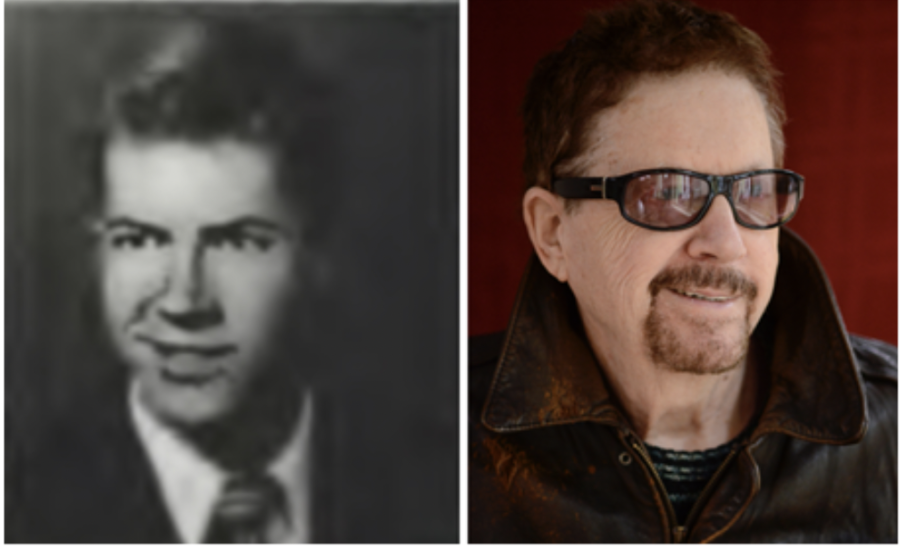

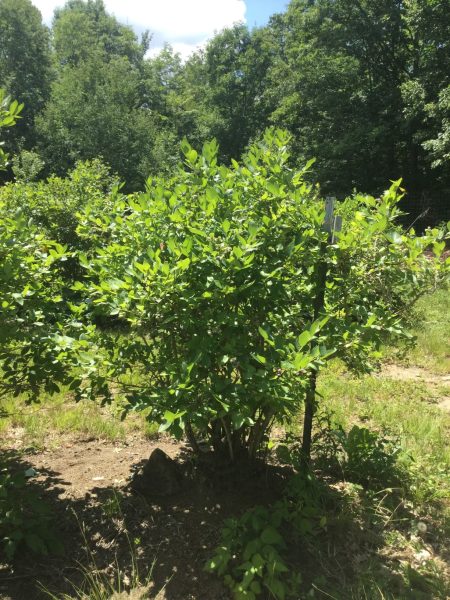


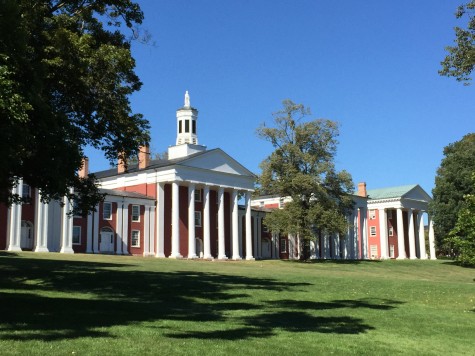

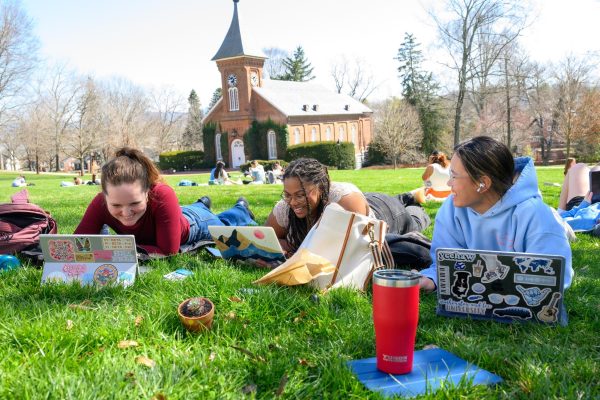

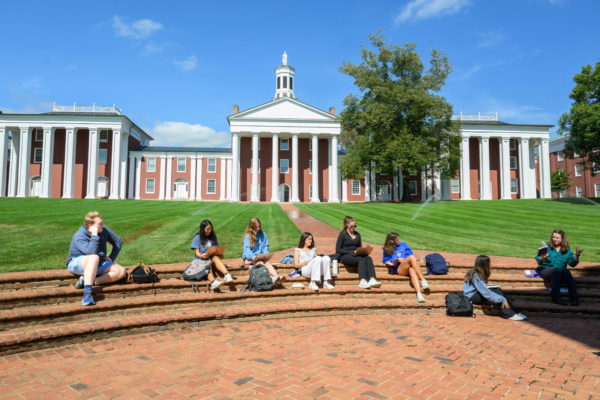
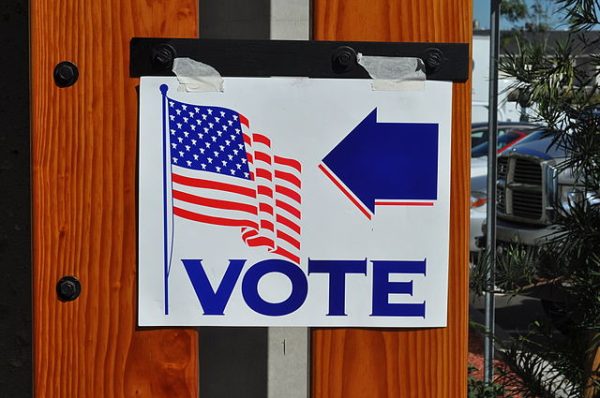
Patrick Newman • Jul 24, 2023 at 1:01 pm
My mentor and hero what a character and such a unique writer!
Gd • Jul 12, 2023 at 4:47 pm
Where / how can I find the address to write him myself?
Lottie Wilds • Sep 9, 2022 at 9:08 am
I read “Jitterbug Perfume” first. Later.came “Another Roadside Attraction.” BOTH boggled my mind and permanently changed who I read and how I think.
Like a readable acid trip.
I am 72, and still reading and writing. I hear the giant Big Ben in my head constantly reminding me that my time is fleet of foot. I am determined to finish my novels, even though there is no word salad in them. Perhaps in the next one…
I hope Mr. ROBBINS is bright and happy.
lynn • Aug 27, 2022 at 10:39 am
TR never ceases to amaze me! revisiting everything he’s written at my age of 70!
It all holds up and is even hilarious, insightful and prophetic at this point in history!
the icing on all his cakes is the laughter they elicit. A true treasure. Thanks Tom Robbins for sharing your view of this wonderful crazy world ????
Amy • Aug 2, 2022 at 9:54 am
Thank you for this. I also first read Tom Robbins when I was in my 20s… now I’m 53 and I’m rereading his novels starting with, ‘Skinny Legs’. My son, who is in his 20s, recently started his Tom Robbins adventures; I’m jealous and hope to regain that feeling of discovery I had the first time I read him. Up until my first Tom Robbins novel I had never read anything out of my White girl-suburban-Christian wheelhouse. I honestly think his novels helped me grow up; not just in the literary sense but in considering the world outside of my bubble as well.
I can’t wait to jump in to each “fresh” Tom Robbins novel with my new over 50 brain … you kind of grow a new mind after 50 and it’s fabulous!
StevoH • Jun 7, 2022 at 2:19 pm
Since I was first introduced to Señor Robbins at age 25, I’ve always waited anxiously for the NEXT novel. And I continue to this day. When can we expect the next coffee grinder of letters, words, sentences, paragraphs, chapters dotted with superfluous anachronistic similitude sprinkled with prose and deep thought provoking verse?
Lauramae • Apr 20, 2022 at 3:28 am
I’ve read all his novels. The closest comparison is a cross between Mark Twain and Kurt Vonnegut. You rock, Mr. Robbins!!!